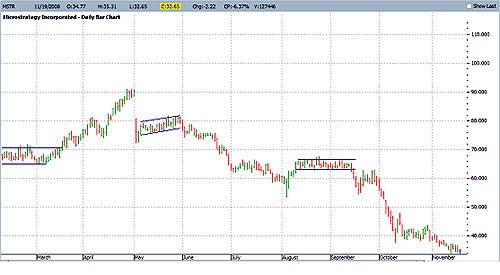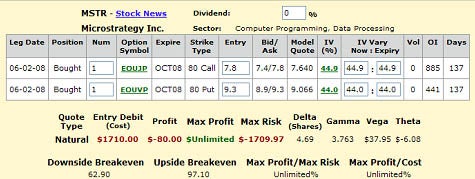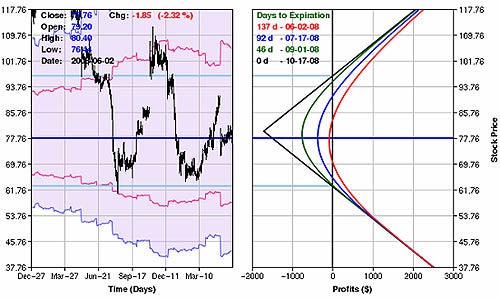The country needs a good human being who also has practical ideas on how to bring progress and positive change
As the whole country views on television and reads in
every newspaper the battle between Mr. Narendra Modi and Mr. Rahul
Gandhi, I am only worried that we have actually come to this. We don’t
care anymore about thought, kindness, honesty, action, responsibility,
courage, leadership. We have one person who refuses to answer any
question on the blood on his hands as Chief Minister and another who is
being projected as a mature philosopher when we actually need a dynamic
leader.
Recently at one of his many public
appearances, Mr. Modi was asked whether he would take moral
responsibility for the 2002 riots, to which he replied that he had
already answered questions about the riots numerous times. But the same
man has over the last few months been willing to answer time and again
the same questions about his developed Gujarat.
Growth and humanity
Every
time Mr. Modi’s name is discussed, the riots are a part of the
narrative and the criticism is that we are trapping him within that
event. But why not? Any person with some human essence must ask those
questions time and again. Whether or not he was party to the violence is
up to the courts to decide, but he was the Chief Minister of the State
and has refused to say that he should have acted differently. How can we
ever ignore that? In fact we should not. In my travels I have always
met so many middle class Indians who think Mr. Modi is the Bill Gates of
Indian politics. “Go to Gujarat and see the transformation,
development, bridges, roads, IT companies, the speed of decision making
and you will realise why he is the right person for us.” When I hear
these statements I am filled with sadness that we as a society can
easily erase people from our minds. We say that the courts have not
convicted Mr. Modi, but we readily accuse someone else as being a
criminal even when no verdict has been proclaimed. Essentially, economic
growth seems to erase all sense of human decency.
I
am also told that “after all the Muslims have also voted for him.”
Honestly, I don’t care if all the Muslims in the world voted for him. I
care that people died, not Muslims, Christians or Hindus. I am not aware
of the voting patterns of Gujarat, that’s for psephologists. But I am
aware that reasons for a minority community to behave in a certain way
are usually driven by the behaviour of the dominant group. The
“dominants” manipulate and coerce the weak to act in certain ways. The
positive economic changes seen in the lives of the majority also
influences the behavioural pattern of the minority. I am not saying
these are the reasons but let us just keep this in mind.
We
as human beings are built to empathise and feel for others. Let us not
lose sight of this basic quality of humanity in the dream of economic
comfort or seeming political “stability.” I would rather be poor than
inhuman! Mr. Modi, I will not stop asking you this: “Will you take moral
responsibility for the riots?” You owe this country an answer.
Point of trust
While
this is one end of the political narrative, there exists another in the
form of a smart, genuine young man who needs to know what he is doing.
Someone has to tell Rahul Gandhi that he is not a philosopher and India
doesn’t need one in him! We need a strong individual who is honest and
willing to show courage. He need not constantly mention the problems of
the political and bureaucratic class. We are only too aware of its
failings, and are constantly made aware of them. We do not need a “magic
wand” but someone with a will to change things and has not until date
shown any will. Mr. Gandhi has floated thoughts on “what ails Indian
society.” So, what next? There seems to be a stupor hovering over him, a
cloud of inertia and intellectual lethargy. The country can ill afford a
slumber of ideas, courage and determination in a man who is meant to be
waking the nation up. What one misses in Mr. Gandhi is not earnestness
of intent, not sincerity, but a crucial breaking of the trust barrier, a
totally convincing breakthrough in winning the nation’s trust. He can
fight all his political battles with Mr. Modi or anyone else but first
he must be willing to fight the battle of his life for this country.
Unless the nation sees him do that how can it entrust its future to him?
His advisers don’t seem to see that the absence of a trust breakthrough
in Mr. Gandhi is what Mr. Modi is cashing in on and substituting with
his own brand of “I can do it” in surplus. India needs a good human
being at its helm but also a proactive person with serious, practical
ideas of how to change this nation. We have in him an exhaustingly long
prologue; what we need now is the main action.
Watching
this presidential style battle being played out in the media on an
everyday basis has only further increased my disappointment in us as a
society. Urban India is intoxicated by these two people, and the
so-called “real India” is being manipulated by the same individuals. The
end result is that India seems to have reached a political cul-de-sac.
What other options do we have? We can not only look for other options
but can actually force a change from these two. It is up to us to demand
decency and human empathy, responsibility-owning from Mr. Modi and
courage and determination from Mr. Rahul Gandhi. If neither have it in
them then they don’t deserve our votes, and nor do their parties, bereft
as they are of ideas for change.
(T.M. Krishna is a Carnatic musician.)



